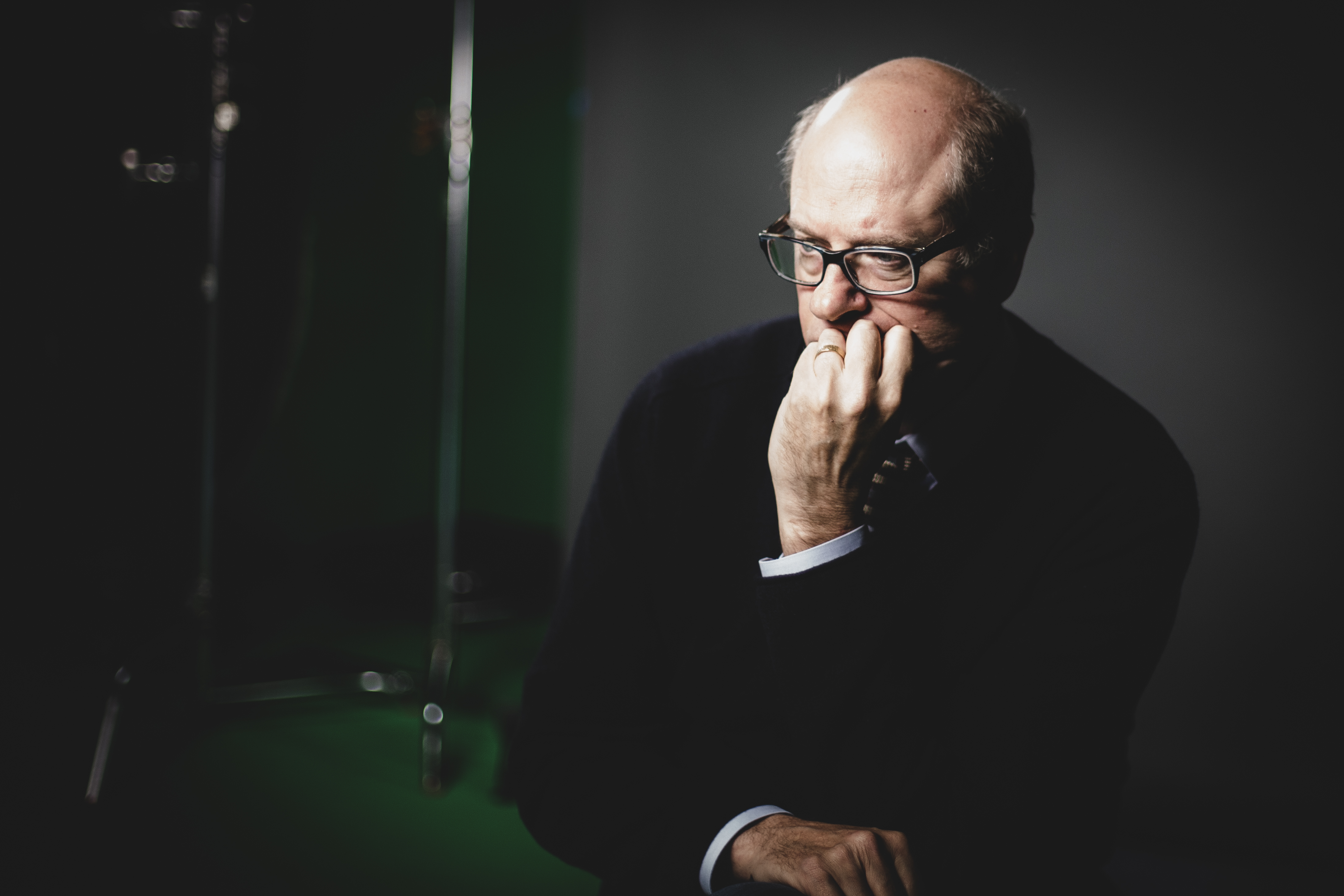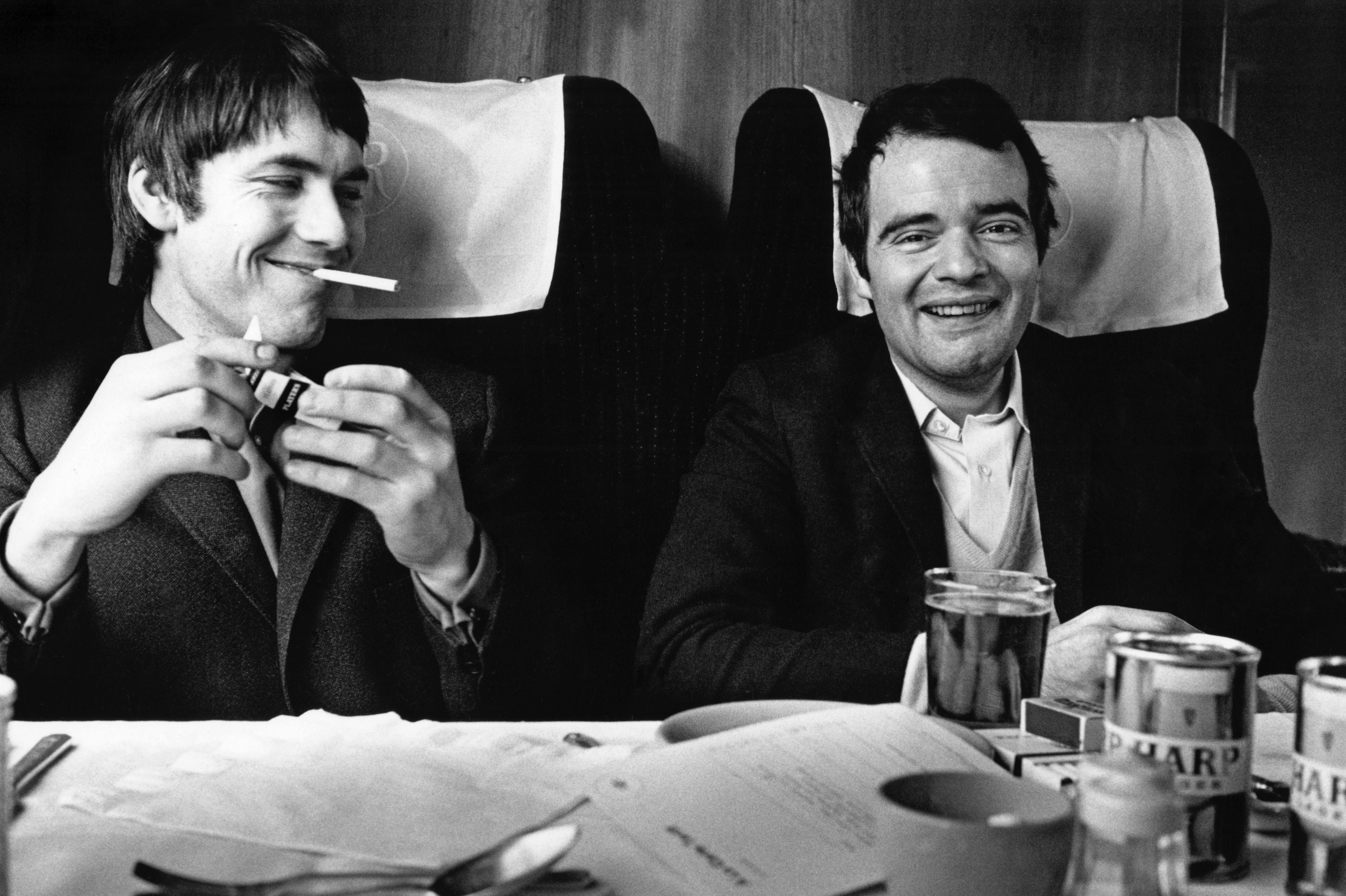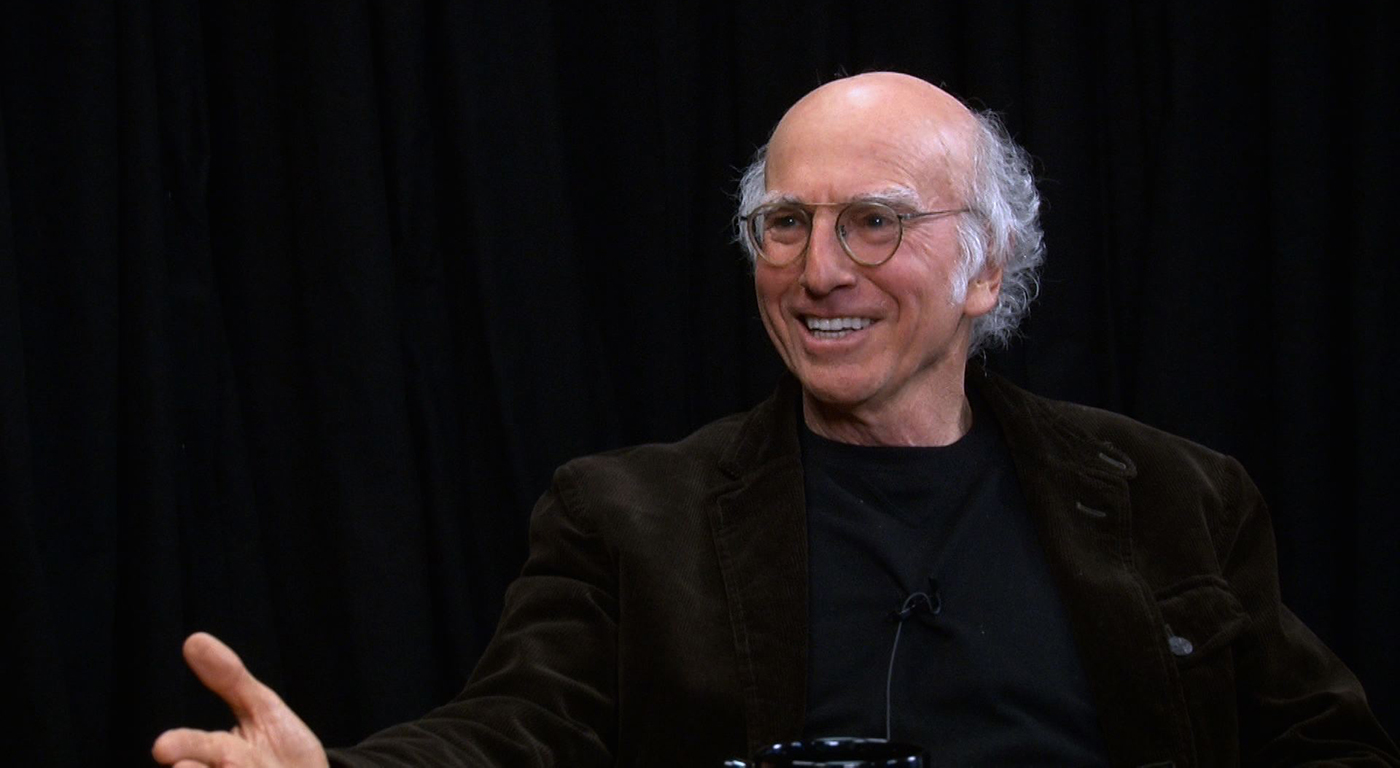IN 1989 IN TEHRAN, a movie-mad unemployed printer named Ali Sabzian is arrested for impersonating the famous film director Mohsen Makhmalbaf. “I loved playing that part,” confesses Sabzian at his trial. When the judge asks the Ahankah family, the victims of his psychodrama, if they will drop the charges in light of Sabzian’s apologies and explanations, one of the sons replies, “I get the impression he’s still playing a role.”
These moments from the documented trial resonate through Close Up, Abbas Kiarostami’s 1989 film of the event. Kiarostami, best known to American audiences for Through the Olive Trees and the Cannes Film Festival Palme d’Orwinning A Taste of Cherry, read about the story in the papers and convinced Sabzian and the Ahankah family to play themselves in a dramatic re-creation.
Close Up
directed by Abbas Kiarostami
opens February 26 at the Grand Illusion
The case itself is hardly sensationalistic. Sabzian met Mrs. Ahankah on a bus and passed himself off as Makhmalbaf in a simple bit of role-playing that he pushed into an elaborate charade when he proposed that the family act in his next film and subsequently became a frequent visitor to their house. Intercut with this and other re-creations is the documentary record of the real trial and a series of on-camera interviews. (Fans of the acclaimed new film The Apple—featured in the recent Women in Cinema festival—will find its roots here.) What emerges isn’t so much a melding of the two forms as an inquiry into the very nature of cinematic representation.
THE FILM OPENS with a bald bit of exposition, as journalist Hossain Farazmand explains the story to a pair of police officers (and, more important, to the camera) on their way to arrest Sabzian. It’s as if Kiarostami is flaunting the contrivance to the audience. When we finally arrive, he leaves the camera outside the gates of the house with the driver, finding quiet drama in the waiting: chatting with the cops, plucking flowers from a pile of leaves in the street, kicking an aerosol can down the street, watching it roll and roll and roll. When the reporter re-emerges (after a desperate search for a portable tape recorder), he gives that aerosol can a triumphant kick to end the scene.
None of these details are necessary to the central story, but they add up to some of the most memorable moments of Close Up. Through the course of the film, Kiarostami gradually loses this meandering survey of life on the fringes of the narrative, but he has plenty else to keep him (and us) occupied.
In the latter half of Close Up, Kiarostami replays the arrest scene from inside the house. Sabzian, who has never made a film, pours out his passion for cinema in long philosophical pronouncements on art and truth (“I really would have shot the film if I had the money,” he offers at trial). The multiplicity of “screens” between performer and event is astounding: The real-life con man, who transcends his lack of self-esteem by play-acting the part of a great artist, now plays himself playing that part in a dramatic re-creation where, for those moments, he seems to merge with the part. If he is, as the Ahankah son insists, “still playing a part” in the “reality” scenes of the courtroom, he seems to be plumbing the depths of his real-life dreams and desires in this moment of performance.
By the end of Close Up, the apparent simplicity of technique has given way to a remarkable complexity, like a loving take on Citizen Kane where the truth is not found under the masks but in their fusion. In the final scenes, the viewer looks, voyeur-like, upon a brilliant mix of contrivance, intimacy, distance, and dramatic closure, questions of performance and spontaneous action tossed to the wind in a moment of emotional power. Maybe we are all, as Kiarostami seems to suggest, actors on a stage, but that doesn’t make our performances any less poignant or any less real.






